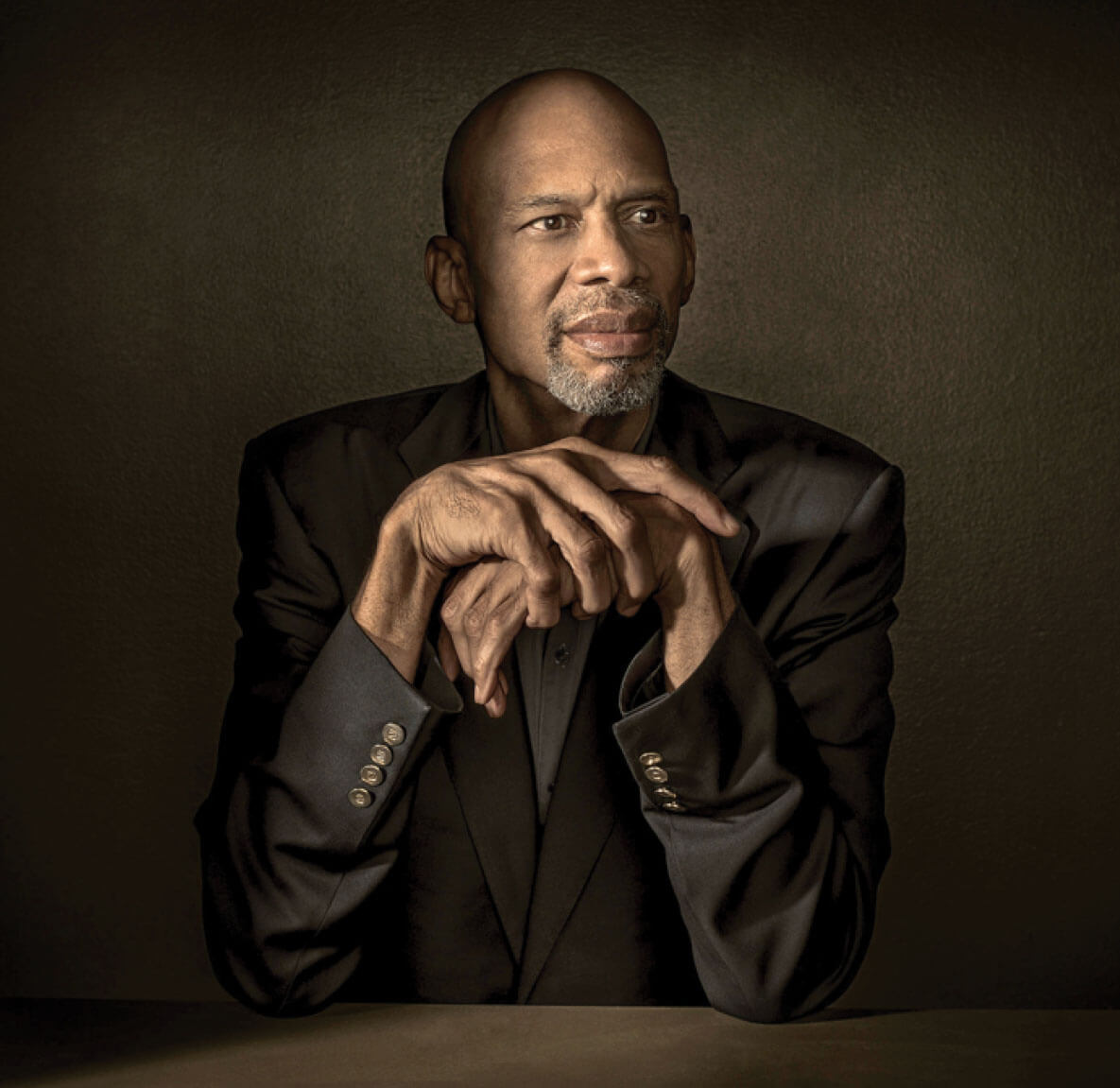Q&A Kareem Abdul-Jabbar
“OLDER PEOPLE ARE HAPPIER…. NO ONE WANTS THEIR YOUNG MIND AGAIN, FILLED WITH ... ANXIETY, BIAS AND SELFISHNESS.”
KAREEM ABDUL-JABBAR, 78, TALKS ABOUT HIS HOOPS CAREER, PURSUING SOCIAL JUSTICE, LIFE AFTER NBA STARDOM AND WHAT GIVES HIM HOPE IN TODAY’S AMERICA
INTERVIEW BY HUGH DELEHANTY

In your new book, We All Want to Change the World, you describe two events in 1964, when you were 17. One was a Martin Luther King Jr. press conference you attended for a student publication. The other was a protest in Harlem that turned violent. What did you learn from those experiences?
At the time, the lessons were more emotional than intellectual. Meeting Dr. King made me feel like I was a part of the solution. He inspired hope and made me want to join him in his righteous crusade. In contrast, the protest scared the hope out of me, at least temporarily. There were real bullets flying, stores being looted, people running for their lives. This was the real world of civil rights, and it wasn’t soft-spoken like Dr. King. It screamed in my head. It made me aware of the fact that lives had been lost in the fight for social justice, and more lives were going to be lost before we got to our objective.
And that is still part of your life.
I’ve realized how important it is. There is a quote that I related to: “Until all of us are free, none of us are free.” As I get older, I understand more and more what that means. You have to have patience and be determined. It’s a hard lesson for some people.
You’ve talked about how basketball helped shape your identity and values. How so?
It gave me the determination and patience I needed to excel. When I was in the fifth grade, an older kid in the neighborhood showed me the George Mikan drill, which involved shooting a hook shot. So I worked on it and worked on it, and by the eighth grade, I was pretty good at it.
What did you learn from John Wooden, your coach at UCLA?
He was determined that we become better men first and better basketball players second. He didn’t focus on winning, but he taught us in such a way that winning was a natural by-product of our striving.
The NBA game has changed dramatically. Which young players impress you the most?
Nikola Jokić. His game is a good template for teams nowadays because he gets the ball at the top of the key and leaves the rest of the team all that room to move under the basket. Luka Dončić is awesome too. He’s like Magic Johnson. He sees the whole court as if it is in the palm of his hand.
What role can athletes play in teaching about social justice?
Studies show that athletes follow only parents as the most admired and influential figures in children’s lives. So when we choose to speak publicly in support or opposition to something, we’d better be offering an opinion based on facts and logic.
You sold some of your memorabilia for a worthy cause.
Just my [championship] rings. They were just sitting in the case, so I used them to start my program sending inner-city kids to the Angeles National Forest and have them do STEM [science, technology, engineering and mathematics] experiments. We want them to think about STEM.
After you retired from basketball, you devoted yourself to writing. Any advice on reinventing yourself later in life?
Pick something you enjoy and don’t worry about being good at it right away. Nobody picks up a paintbrush and expects to create a masterpiece the first time.
What is your most important lesson learned about aging?
Older people are happier than younger people. Yes, we’d love to have our young bodies back, but no one wants their young mind again, filled with all that anxiety, bias and selfishness. If younger people could only see what we see and feel what we feel, they’d be a lot less judgmental.
What gives you hope now?
When I read the comments on my Substack posts, I’m inspired by the passion my readers have for doing what’s right. I’m also heartened by the age range of the people showing up at protests now. Lots of young people, sure, but also a lot of gray-haired folks and no-hair folks who haven’t given up on their country. The spirit of Woodstock still runs through them.
DAN WINTERS